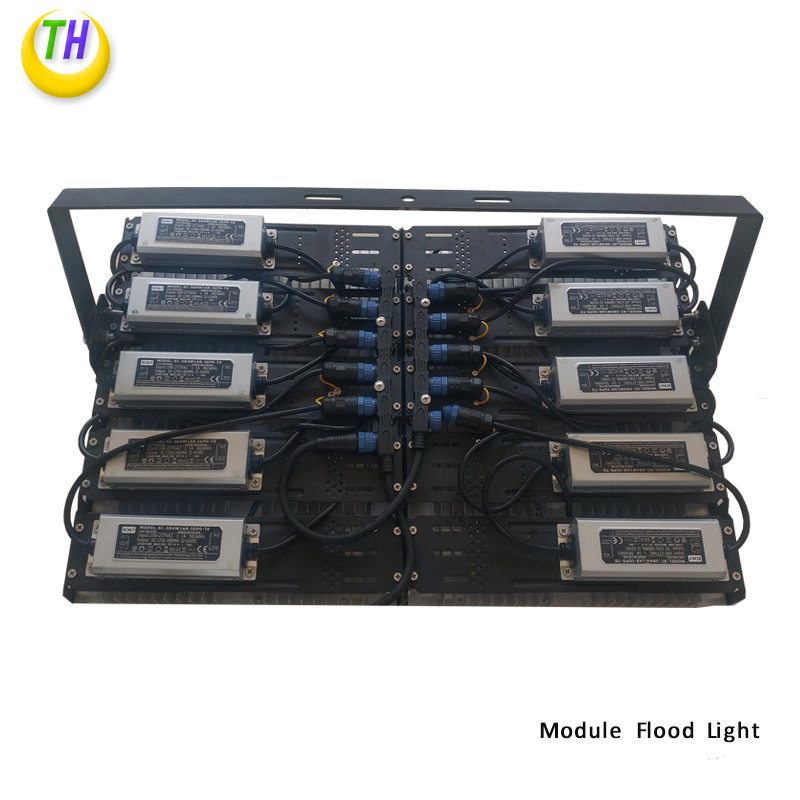Comparison of heat dissipation capacities of several commonly used packaging substrates:
- 2020-08-25
- Views:0
Comparison of heat dissipation capacities of several commonly used packaging substrates:
(Summary description)
- Categories:NEWS
- Author:
- Origin:
- 2020-08-25
- Views:0
(1) Metal bracket shell:
The material of this method is metal support, tungsten copper, molybdenum copper and other moulds. The solid material is epoxy resin. This method has the advantages of simple processing and low price. The disadvantage is that it is easy to produce "popcorn effect". If the mold material is too thick, it has good reliability but poor heat dissipation. If the mold material is too thin, it will lead to good heat dissipation but poor fastness, uv resistance, humidity and poor high and low temperature ability of the mold material. Gold wire across reflective cup, low patch speed...
Ii. Ceramic tube and shell:
This method has the advantages of matching the thermal stress of LED chip, high thermal conductivity coefficient of AlN, high precision, suitable for mass production, gold wire inside reflective cup, high reliability, but the disadvantages are that LTCC--Al2O3 needs heat trap, high material cost of AlN, low thermal conductivity coefficient of Al2O3, high sintering energy consumption...
. Metal thermal conductive PCB substrate:
This kind of way by the copper foil circuit/ceramic powder and polymer/aluminum panels, including ceramic powder and polymer materials is the main component of ceramic powder plays the role of the insulating heat conduction, high polymer is playing the reliability and the circuit layer, the heat insulating layer and the aluminum plate three together in a very important role.
Advantages: low cost, easy to batch production, easy to process, especially suitable for McM-cob.
Disadvantages are as follows: the reliability of the polymer material is difficult to grasp, the reduction of thermal resistance (increase the specific gravity of ceramic powder) reduces the peeling strength, the polymer insulation layer is not very thin (generally greater than 60mm~ 90mm), the poor stability under high and low temperature.
. MCPCB substrate of Shenzhen University:
This technology USES aluminum/alumina (AlN, diamond mixture)/palladium silver (copper gold) and other materials as the matrix materials, and USES micro-arc oxidation/hard oxidation, physical spraying and laser cladding as the main methods. AlxOy/Al is about 20mm hot
(5) Carbon composite materials:
Gas-phase growth of carbon fiber (VGCF) : a ceramic substrate containing an iron-nickel catalyst was fed with a mixture of hydrogen and hydrocarbon gases to generate the fibrous carbon at 1100℃. Heat treatment at 2600 ℃; The thermal conductivity is expected to reach 1260W/mK at room temperature. VGCF was immersed in epoxy resin, hot-pressed at 150 ℃, and the thermal conductivity of bulk mixture was up to 695W/mK. A new technology for patch was developed.
Existing problems: anisotropic heat conduction characteristics, the heat sink thermal conductivity of its high requirements; The thermal resistance between the chip and VGCF interface is too large.
, carbon nanotubes (CNTs) :
CNTs are seamless nanotubular shells formed by curling single or multilayer graphite sheets, and have good thermal, electrical and mechanical properties. Both theoretical calculation and experiment have proved that carbon nanotubes have high thermal conductivity. Berber et al. used molecular dynamics (MD) simulation to calculate the thermal conductivity of single-walled carbon nanotubes (swNT) at room temperature up to 6600W/(m•K), and Kim et al. measured the thermal conductivity of MWNT at room temperature up to 3000W/(m•K) by experimental method.
Existing problems: Due to the anisotropic thermal conductivity characteristics, the heat sink thermal conductivity of its lower requirements are very high.
Progress of new cooling materials: A. Carbon foam materials:
Preparation method: Asphalt is put into a vacuum chamber for heating and melting - input high-pressure nitrogen and heating at the same time - asphalt foaming -800 ° C hardening - cooling and lowering pressure to natural conditions - nitrogen atmosphere 1050 ° C heat treatment -2800 ° C graphitization.
Performance: thermal conductivity theoretical value greater than 2000W/mK, 2002 experimental value 150W/mK, large surface area, light weight.
Heat dissipation principle: porous heat exchange. B. Carbon fiber grown in gas phase (VGCF) :
Preparation method: VGCF immersion

Scan the QR code to read on your phone

E-mail: info@tonghuilighting.cn
ADD: No. 1, Guiding Road, Licang District, Qingdao, Shandong, China
Tel: +86-532-80928966 +86-532-80925662


